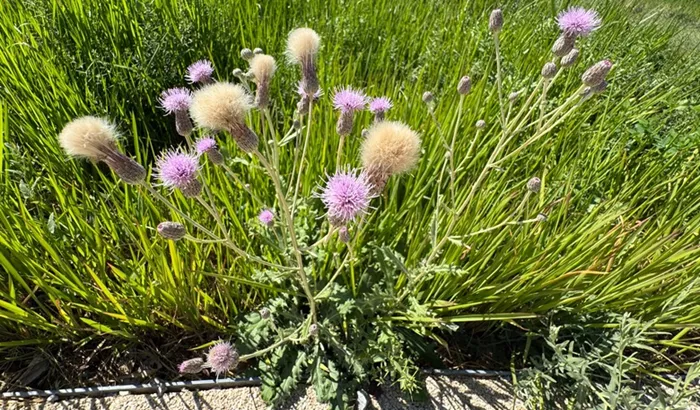As spring unfolds across the region, wildflowers begin to bloom in pastures and rangelands. While many of these plants add beauty to the landscape, some could be invasive weeds that threaten native ecosystems and livestock areas. Experts are urging landowners to stay alert and identify unfamiliar plants now—before they spread.
Late April through June is the time when many native and non-native forbs begin to grow and blossom. But just because a flower looks attractive doesn’t mean it’s harmless. Unrecognized blooms could be invasive species that harm the environment, reduce grazing quality, and increase management costs. Early detection and quick action are key to controlling these plants before they spread and become a larger problem.
Landowners are advised to revisit areas where they spotted invasive weeds last year and look for any signs of regrowth or new infestations. Catching these weeds early, when their numbers are small, makes control efforts much more effective and less expensive.
Some of the common invasive plants appearing this season include leafy spurge, Dalmatian toadflax, field bindweed, Canada thistle, Scotch thistle, bull thistle, musk thistle, spotted and diffuse knapweed, and common mullein. Other harmful species to watch for are absinth wormwood and sericea lespedeza.
These plants might not always have bright or large flowers, making them harder to spot—but they can still spread quickly and cause long-term damage.
To stop invasive plants from spreading, it’s crucial to prevent them from going to seed. If a plant is already flowering, cut off the seed heads before applying herbicide or removing the plant. Collecting and properly disposing of those seed heads will help stop viable seeds from taking root elsewhere.
If you come across a plant you don’t recognize, don’t guess. Nebraska Extension offers help through its educators and specialists. Simply bring in a sample or send a photo, and they’ll help determine whether the plant is a native species you can enjoy—or an invasive one that needs to be controlled.
Being proactive now can save time, money, and effort later—and protect our pastures and rangelands for future seasons.


